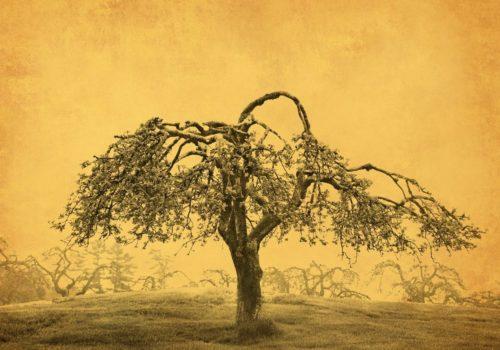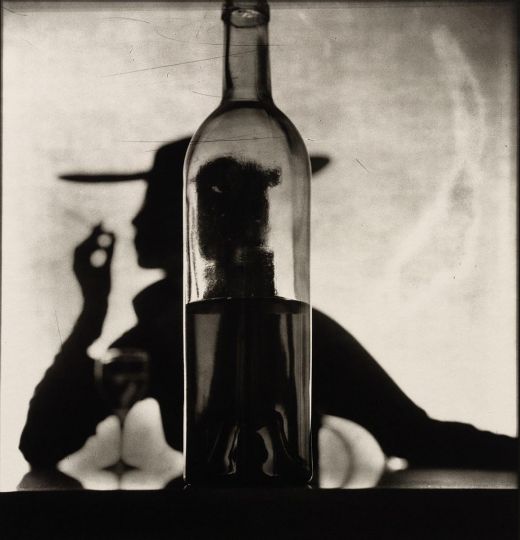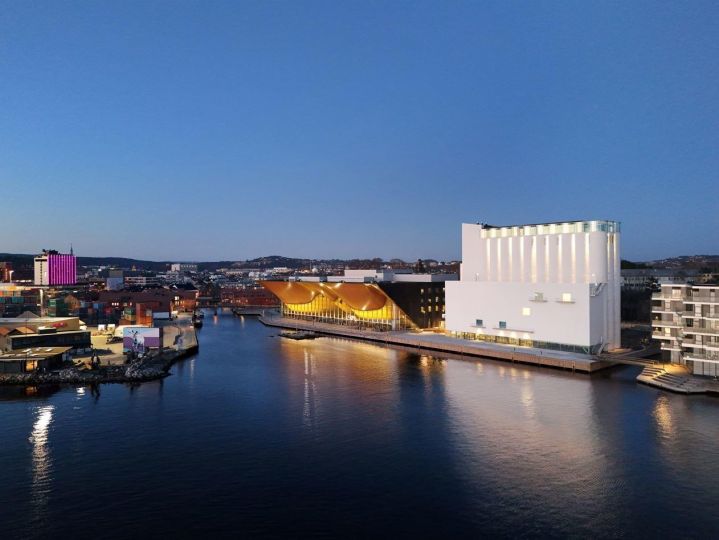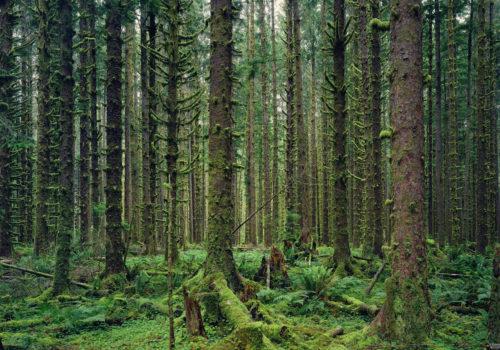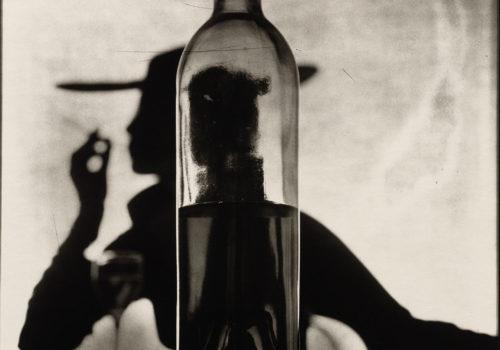The exhibition “Picturing Xanadu: A Vision in a Dream” presented by Holden Luntz Gallery features the works of Karen Knorr, Joyce Tenneson, Andre Lichtenberg and Kimiko Yoshida. Each artist creates dream-like photographs based on desires, memories and joys that draw upon photography’s power to create alternative worlds emanating from their rich imaginations.
Samuel Taylor Coleridge’s famous poem Kubla Khan, composed in 1797, provides the inspiration for the exhibition. The inspiration for the poem came to Coleridge in a dream. Xanadu was a summer palace built by the Mongolian ruler Kubla Khan. It was an exotic place of pleasure, beauty (and fear). The opening stanza reads:
“in Xanadu did Kubla Khan
A stately pleasure Dome decree … ”
Our fascination with photography takes divergent paths. It has the ability to preserve our individual life through recording the people the places and things in our environments, but it can as easily record exotic, far away, mysterious places that resonate with the sense of discovery and mystery. Through the camera and the practice of photography we can transcend the confines of time and place and be presented with worlds beyond our knowledge, whether existing in reality or in the imagination of the artist. In this exhibition the photographs of Karen Knorr, Andre Lichtenberg, Kimiko Yoshida, and Joyce Tenneson present different ideas arising from dreamlike states in which they have each created disparate bodies of work.
Karen Knorr has chosen to capture various exotic locations for their beauty and grandeur. Her photographs glory in the opulence of structures built for nobility of bygone eras. Placed within richly decorated palaces, hunting lodges, historic museums and hotels are animals such as monkeys, lions, peacocks, horses, etc. These are digitally composited by layering dreamlike settings with animals who often have symbolic meanings. The resulting photographs are invitations to a mysterious place where beautiful edifices contain animals majestically displayed. The formality of these locations, steeped in tradition, contrasts wonderfully with the spontaneous introduction of the animals who are devoid of any social constructs and have no understanding of places as cultural importance. There is a purposeful disruption in the photographs. The environments cannot contain the subjects. The Pleasure Domes for the animals are not what one would ever expect.
Andre Lichtenberg ‘s photographs exist as timeless seascapes shimmering in the half light of the sky at dusk. Lichtenberg lives in Hove England and looks out across the English Channel to see the vast expanse of ocean separating England from the continent. Each picture involves many photographs taken with long exposures capturing and intensifying the light and often the stars of the night sky. The series called Impossible Utopias and has a romantic element. Photographs from this series are meditative with elements of the sky, the surf, the stars, the horizon, the sands and the rocks of the beach all engendering a calming effect. They have a ‘time standing still’ quality that comforts the viewer with a sense of serenity.
Kimiko Yoshida’s various bodies of work allow for the pleasure of personal identification and inventiveness to run unchecked by reality. She is simultaneously always and never the subject of her pictures. Beginning her fine art career is her Bride series where she has become a potential bride traveling through time and space projecting herself to an imaginary bride who refuses to ever marry. Her image is always transitional because if her identity ever becomes fixed it would limit her world. Bridging eastern and western cultural traditions, her work rejects the traditions of Japanese culture in which women are not allowed egos and one’s sense of self can only serve normative behavior. Her designated role in her Japanese life was a traditional, culturally defined and expected role. She descended from Samurai lineage and would never be free from her family’s expectations.
She fled the country and continued her education in France where she fell under the influence of art from the Renaissance and Baroque periods with their rich history of portraits. Yoshida pursued this interest by creating portraits in which she always loses her identity while drawing on inspiration from portraits of famous people from the past. Her identity exists in a transitional stage between herself and her source material. She is always the color of the background of her photographs, allowing her to appear and to disappear into the frames of the image. Ultimately, her search for Xanadu is the freedom she has embraced by never accepting the limitations of any particular identity and allowing herself a multitude of creations.
Joyce Tenneson grew up on the grounds of a monastery. The spirits that inhabited this place made an impression early on for Joyce who has spent a career searching for the essence of a person, place, or flower. Photography, on its most basic level, deals with the seeable and the knowable. The camera lens records, with impartiality, that which lies in front of it. However, this is only the starting point of any profound photograph. What we see should open a door to what can’t be shown. Pictures that resonate on a deeper level do so because they involve more than our eyes. Pleasure can be the developing of associations, memories, and subtle identifications emanating from the way a picture makes you feel, or how it makes you think. Tenneson’s portraits are widely known and collected because of their transcendent qualities. Her landscapes and studies of trees are projected onto golden fields of radiant light. These are examinations of real places, mostly in mid-coast Maine, but with artistic liberties taken to move out of the realm of realism through almost mythic illuminations that connect us to idyllic wonders of nature
Picturing Xanadu is a photographic exhibition that promises to delight. The artists are all masters of what they do. They understand photography’s capacity to delight us, to seduce us, and the power a picture has to momentarily engage in another world. Xanadu, as a concept, is a different place for each of us. Our desires, hopes, memories, and joys our products of our unique lives. We hope this show sparks your imagination and broadens your appreciation for the worlds that can be pictured through the pleasures and richness of great photographers’ imaginations.
Picturing Xanadu : A Vision in a Dream
April 15 – June 17, 2023
Holden Luntz Gallery
332 Worth Avenue
Palm Beach, FL 33480
www.holdenluntz.com
https://www.holdenluntz.com/magazine/exhibitions/picturing-xanadu/

